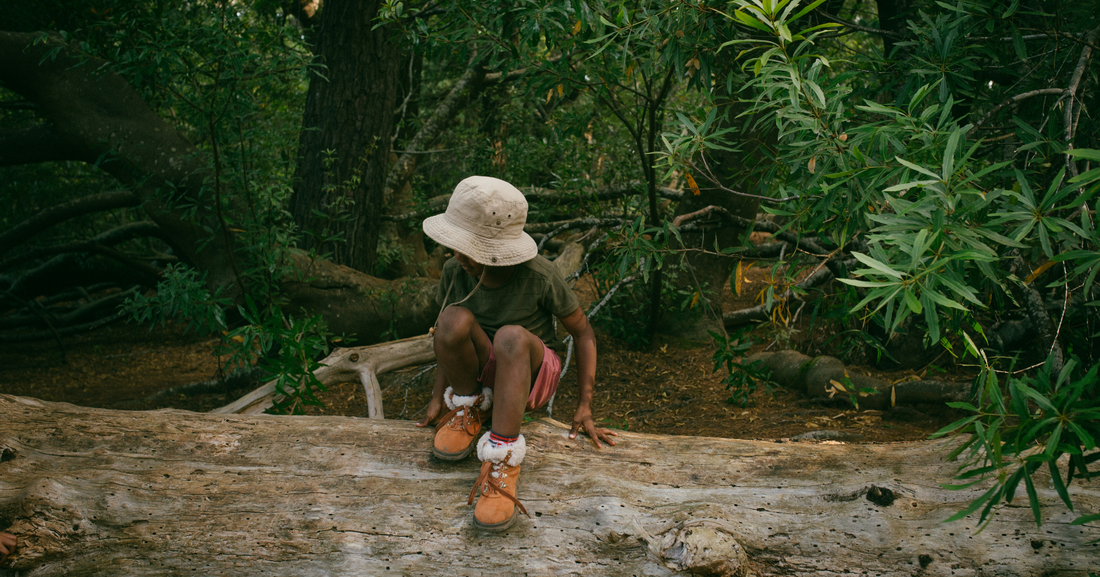
How to Teach Children Mindfulness Through Nature (Without Them Knowing)
Parents, I’m sure you’ll agree that getting a child to sit still and “breathe deeply” on demand is nearly impossible.
And frankly, it’s not always helpful.
Luckily, mindfulness isn’t always about stillness and silence. It’s often more about presence.
Curiosity, sensory awareness, noticing the small things, things children do far better than us adults.
If you’re hoping to help your child feel calmer, more resilient, or more emotionally aware, you don’t need to teach mindfulness in a formal way.
The most effective approach is to keep things playful, and nature is the perfect partner. So here’s a quick read on guiding your child into mindfulness through outdoor moments that just feel like fun.
1. Follow Their Lead
Children are naturally curious.
They’ll stop to watch ants carry crumbs or examine the pattern on a leaf for ages. We’re often required to hurry them along so we’re not late for things. But in moments where there’s time, slow your own pace and resist the urge to “get on with it”.
Instead of a brisk walk, try a meander. Let them notice what they notice. Ask questions like:
-
What can you hear right now?
-
How does the grass feel under your feet?
- What do you think that bird is doing?
They’ll stay in the moment because they’re enjoying it. And they’re learning emotional regulation, sensory awareness, and focus as they go.
2. Use Nature as a Calm-Down Corner
Children (and adults) often need an anchor to help regulate big feelings. Nature offers this in abundance with the rustle of wind, the rhythm of breath and the coolness of stone.
Try gently redirecting your child outdoors when emotions run high:
-
Sitting against a tree and feeling the bark
-
Holding a feather or smooth stone in their hand
- Listening for the furthest sound they can hear
You don’t need to label it “mindfulness”. Over time, their brain will begin to associate the outdoors with safety and emotional grounding.
3. Turn Senses Into a Game
Mindfulness is all about the senses. And kids love a game.
Here’s a simple one you can play anywhere:
-
Find 5 things you can see
-
4 things you can hear
-
3 things you can touch
-
2 things you can smell
- 1 thing you can taste (if safe!)
This playful structure is calming to the nervous system, and recommended by therapists for all ages. It’s a skill they can use whenever they’re feeling overwhelmed.
4. Let Nature Be the Teacher
Sometimes the best thing you can do is simply be with them, outside.
Let the forest, the garden, or the park do its quiet work. You don’t have to “lead” all the time. Just hold the space.
Whether you’re gardening together, walking a woodland trail, or lying in the grass spotting cloud animals, you’re cultivating peace, self-awareness, and connection. That’s mindfulness.
You Don’t Need a Plan
There’s so much pressure on parents to “do it right”.
Especially when it comes to emotional wellbeing.
But children learn best through experience. Through joy, curiosity, frustration. Through being allowed to be.
Nature gives us the most beautiful invitation to pause, notice, and reset.
And when you share that space with your child, you’re doing more than calming their mind. You’re building a lifelong connection to the world around them, one muddy footprint at a time.
